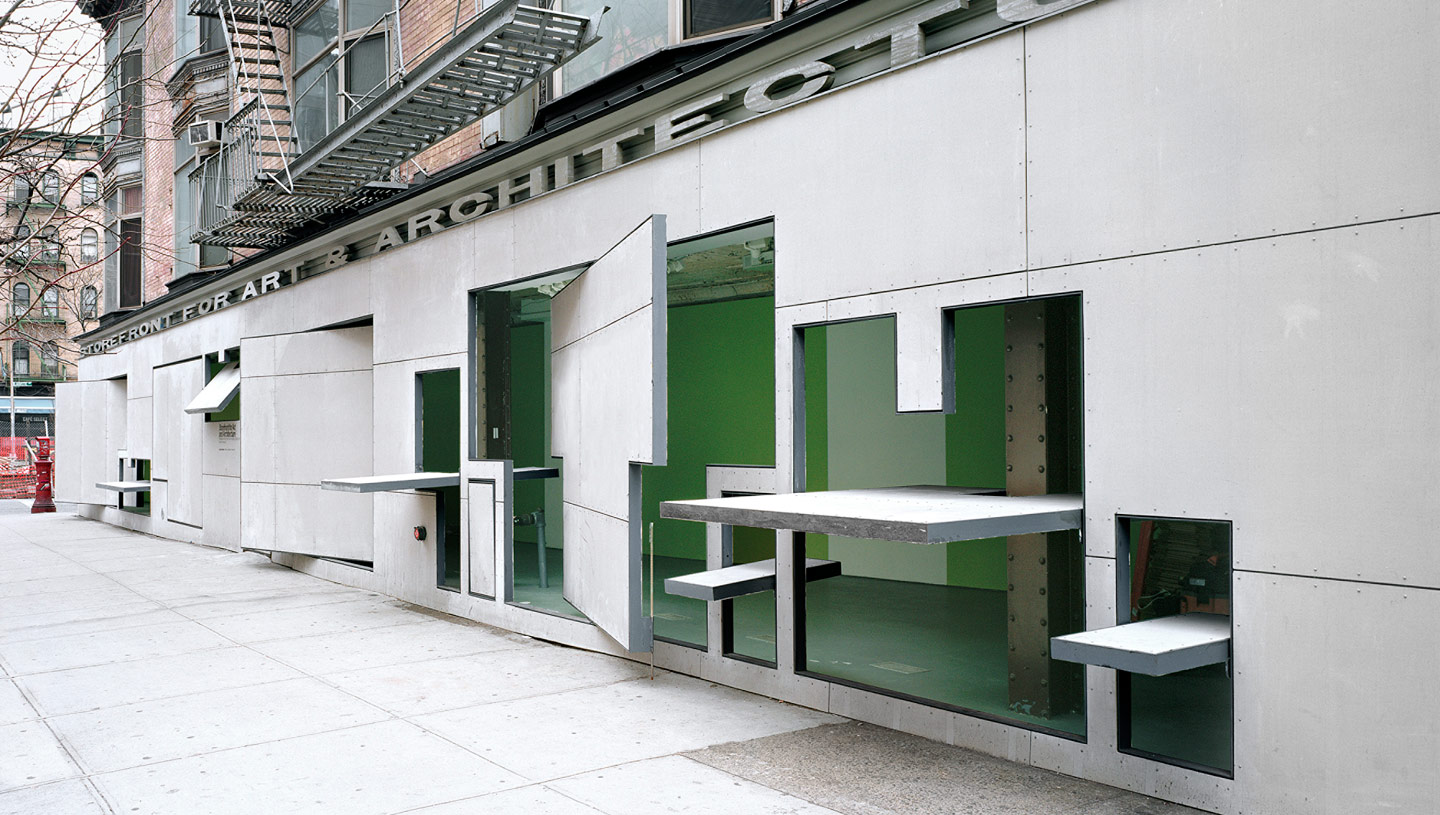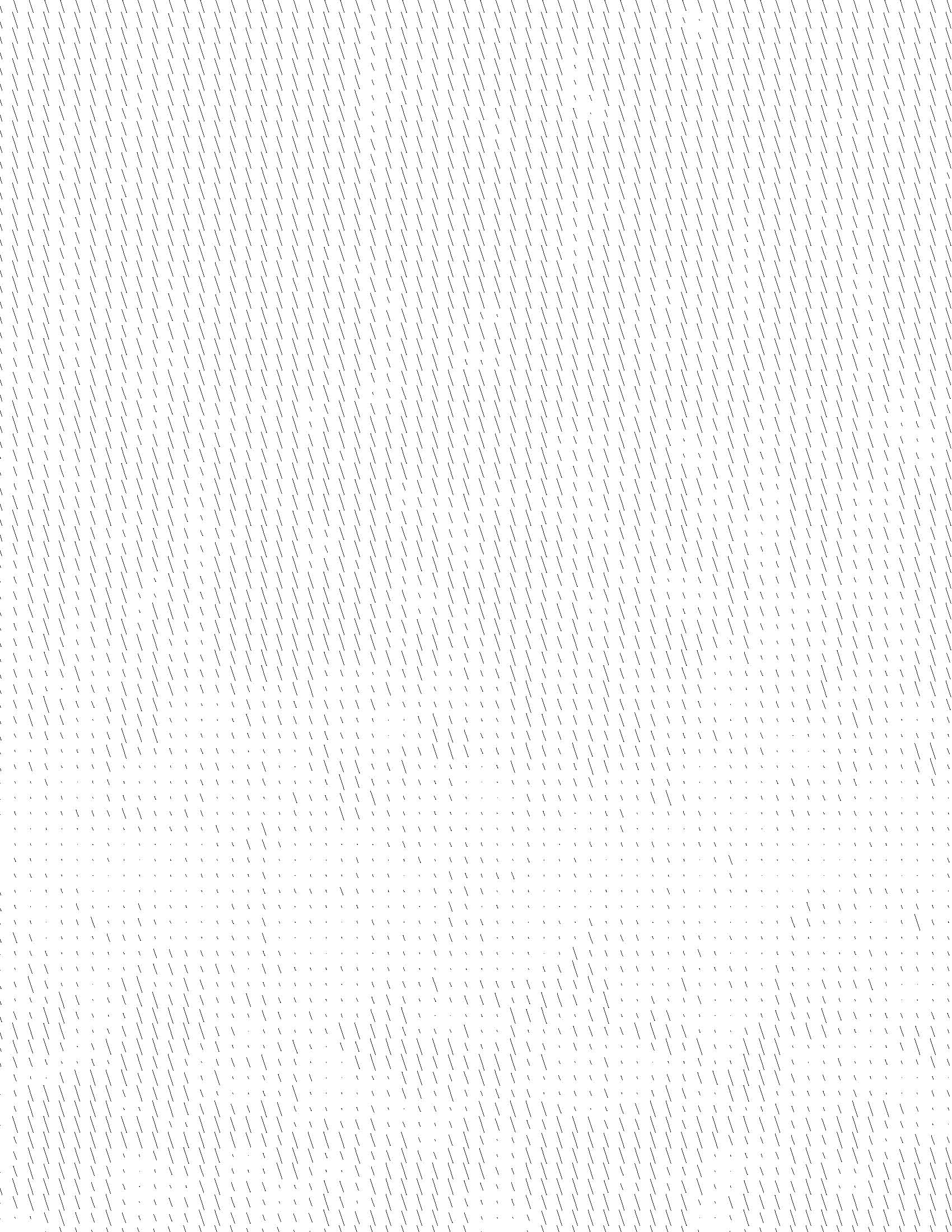Storefront for Art and Architecture is a 30-year-old nonprofit organization committed to the advancement of innovative positions in architecture, art and design. Its program of exhibitions, artists talks, film screenings, conferences and publications is intended to generate dialogue and collaboration across geographic, ideological and disciplinary boundaries. As a public forum for emerging voices, Storefront explores vital issues in art and architecture with the intent of increasing awareness of and interest in contemporary design.
Storefront serves its mission in a variety of ways, including the organization and presentation of exhibitions; supporting a series of free events that offer artists, professionals and members of the general public the opportunity to meet and exchange ideas through public discourse; hosting international competitions for artists, architects and designers; producing publications; and supporting special projects offsite.
Project Description
Weather (Un)Control
By MODU
November 12 – 16, 2013
Opening Reception: November 13, 7pm, RSVP to rsvp@storefrontnews.org
At The Old School (233 Mott Street) Room 2.2
Open 12pm – 6pm
Presented as part of Marfa Dialogues/NY
Ten percent of New York City buildings sustained storm damage during Hurricane Sandy. While billions of dollars have been spent on the recovery effort, the storm’s invisible effects still linger in the air. Health risks in the indoor air of buildings—in the form of mold and dust—are beyond the reach of health officials. After Hurricane Sandy, neither the federal nor the city governments monitored indoor air quality, relying mostly on air quality monitors on building rooftops, where the air is usually clearer. Weather (Un)Control refocuses attention on indoor air contaminants, particularly dust. The dust in these buildings—including asbestos, silica, and gypsum—was caused by the storm damage but substantially more by the rebuilding efforts that followed. The exhibition includes an indoor weather system generated by two forms of air contamination: dust and static electricity. Weather (Un)Control combines an artificial dust with static electricity to create a “dust wall”. Dust is charged with static electricity and creates drawings on a paper wall, highlighting a hidden risk of post-Sandy rebuilding: the more you “clean up”, the dustier it can become.
Since there are no government agencies monitoring indoor air quality, oversight has been left to the individual policies of insurance companies. Rather than conduct air quality tests, the insurance industry relies on visual inspection to determine contamination of the air as well as potential insurance risk. Weather (Un)Control highlights the inefficiency of visual inspection with “dust wall” drawings that remain invisible unless lit with ultraviolet light. The drawings are based on the air quality—both composition and particle count—of the displayed air samples. The captured air is from the Environmental Protection Agency’s post-Sandy monitor locations, including both outdoor locations and indoor air from nearby buildings. The air quality from the indoor samples has high levels of asbestos, silica, or gypsum, which is the basis for the “dust wall” drawings. One side of the wall uses positive ions that attract dust to create the indoor air drawings; the other uses negative ions that repel dust to clean the wall. However, the negative ions in the “clean room” pass through the paper wall, causing even more dust to gather on the “dirty room” side. Weather (Un)Control reveals the cyclical and invisible nature of air contamination after extreme weather events, unseen and overlooked by insurance companies.
Visit Storefront for Art and Architecture >

